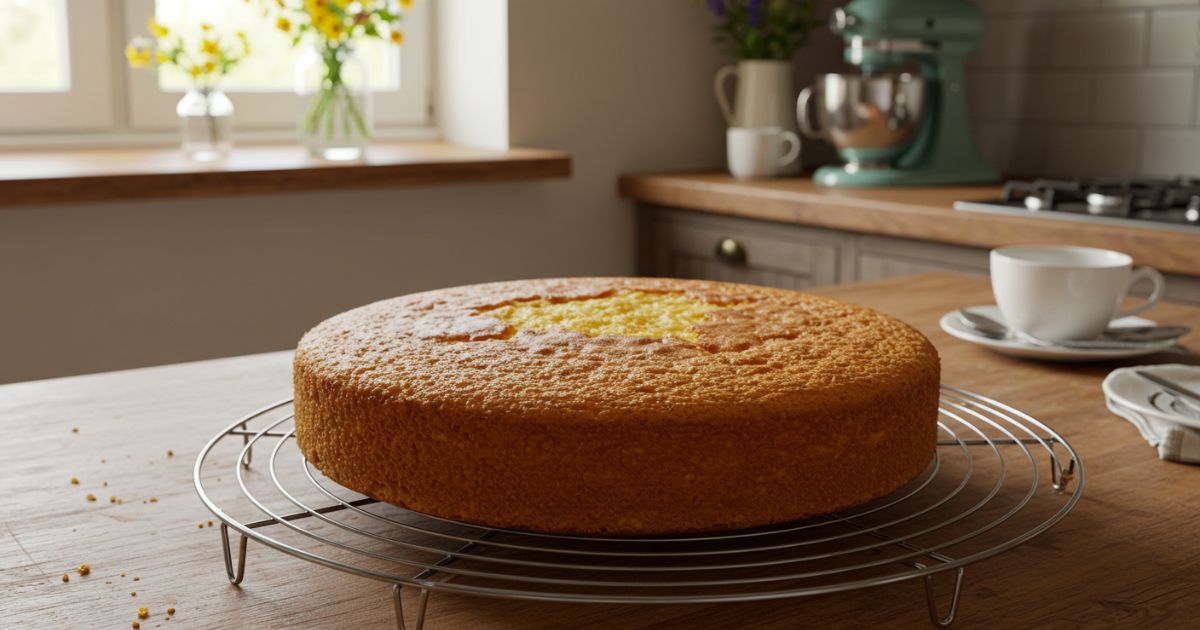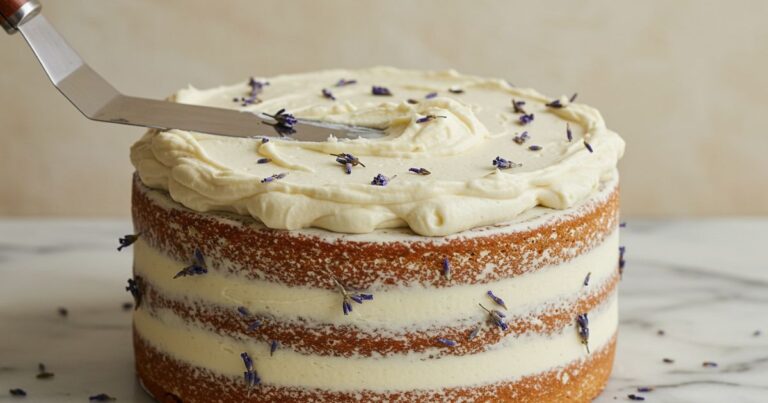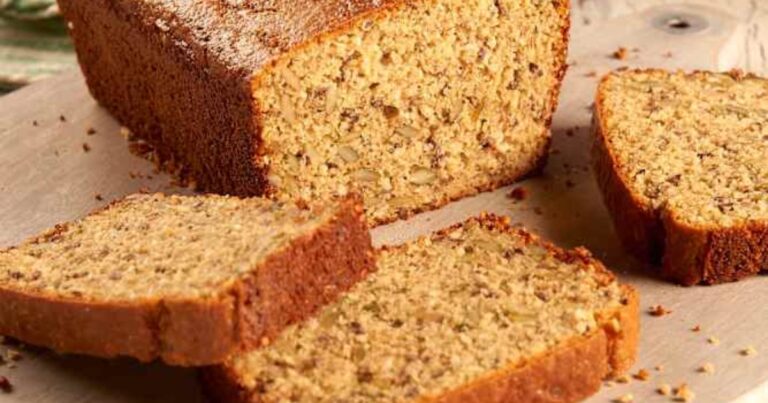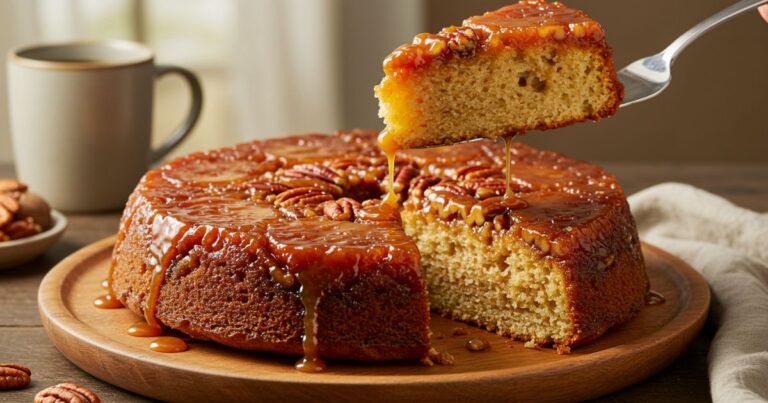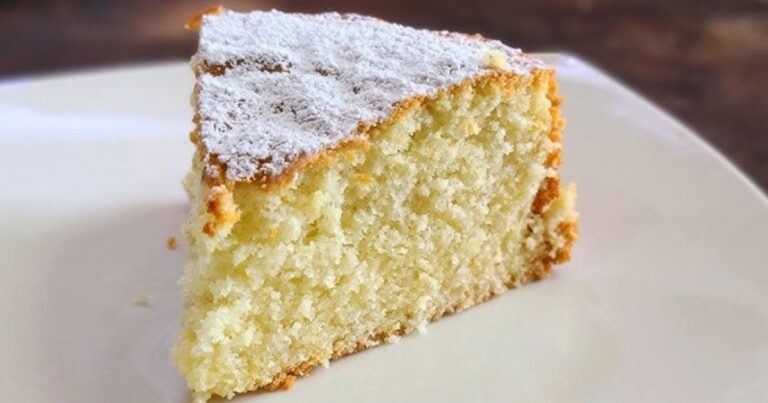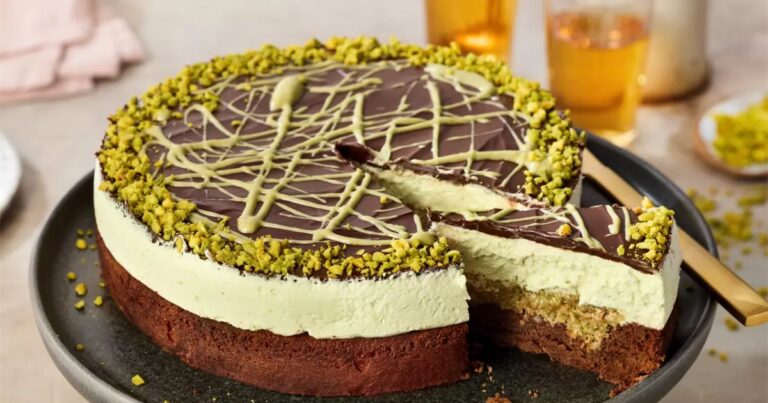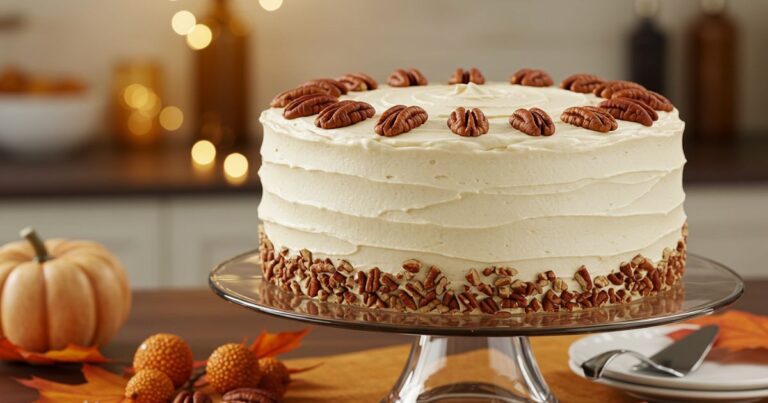French Butter Cake Recipe | Buttery and Irresistible
I baked this French Butter Cake for a small weekend brunch, and it quickly became the highlight of the table. The cake is soft, tender, and rich without being heavy with a buttery flavor that melts in your mouth. Every bite feels delicate yet indulgent, making it perfect for a casual brunch, tea time or even a simple dessert treat.
What’s amazing about this cake is its simplicity. Few ingredients, minimal fuss, and yet the result is a cake that looks and tastes like it came from a bakery. If you love exploring classic cakes, you might also enjoy trying a Butter Pecan Cake which has similar rich buttery flavor but with the added crunch of pecans.
Why You’ll Love This French Butter Cake
French Butter Cake is all about buttery richness and tender crumb. Unlike heavier cakes, it is soft, light and slightly sweet, making it perfect for almost any occasion. The texture is moist and delicate with a gentle golden crust that gives each bite a slightly crisp edge.

It’s versatile too. You can enjoy it plain, dusted with powdered sugar or pair it with fresh berries or whipped cream for an elegant dessert. Baking this cake fills your kitchen with a warm, inviting aroma that hints at its buttery goodness. This is the kind of cake that impresses guests while being easy enough to whip up on a regular day.
Ingredients for French Butter Cake
For the Cake:
- 1 cup unsalted butter, softened
- 1 cup granulated sugar
- 4 large eggs, room temperature
- 2 teaspoons vanilla extract
- 2 cups all-purpose flour
- 1 teaspoon baking powder
- ½ teaspoon salt
- ½ cup whole milk
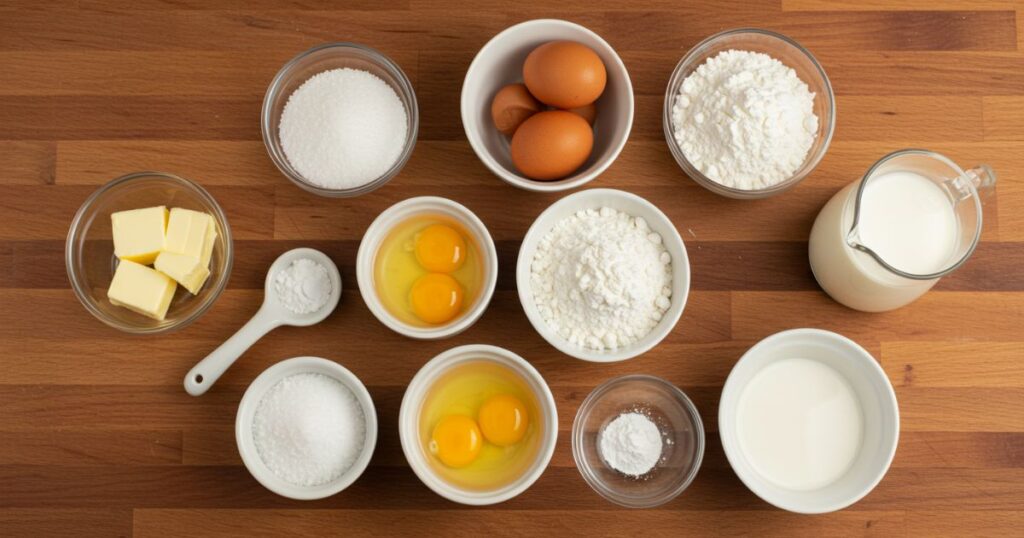
Optional Toppings:
- Powdered sugar for dusting
- Fresh berries or sliced fruit
Step-by-Step Instructions
Step 1: Prepare the Pan and Oven
Preheat your oven to 350°F (175°C). Grease a 9-inch round cake pan and line the bottom with parchment paper. This ensures the cake releases easily and bakes evenly. Proper preparation is key to achieving a perfect golden crust without sticking.
Step 2: Cream Butter and Sugar
In a large mixing bowl beat the softened butter and granulated sugar together using an electric mixer on medium speed. Beat until the mixture is light and fluffy about 3–5 minutes. This step incorporates air into the batter, which helps create a tender and airy cake.

Step 3: Add Eggs and Vanilla
Add the eggs one at a time, mixing well after each addition. Then add the vanilla extract and mix until fully combined. Be sure to scrape down the sides of the bowl so all ingredients are evenly incorporated. Properly mixing the eggs ensures a smooth cohesive batter.
Step 4: Combine Dry Ingredients
In a separate bowl whisk together the flour, baking powder and salt. Sifting is optional but recommended for a lighter texture. Gradually add the dry ingredients to the butter mixture, alternating with the milk. Begin and end with the dry ingredients. Mix gently until just combined. Overmixing can result in a dense cake.
Step 5: Pour Batter into Pan
Pour the smooth batter into the prepared pan. Use a spatula to spread it evenly and smooth the top. This helps the cake rise evenly and gives a uniform golden crust. Optional: you can sprinkle a little sugar on top for extra texture.
Step 6: Bake the Cake
Place the cake in the preheated oven and bake for 35–40 minutes. Check doneness by inserting a toothpick in the center; it should come out clean. The cake should have a light golden crust, and the aroma of butter will fill your kitchen.
Step 7: Cool the Cake
Allow the cake to cool in the pan for 10–15 minutes then transfer it to a wire rack to cool completely. Cooling ensures that the cake sets properly and slices cleanly. You can also leave it in the pan and slice directly if serving immediately.
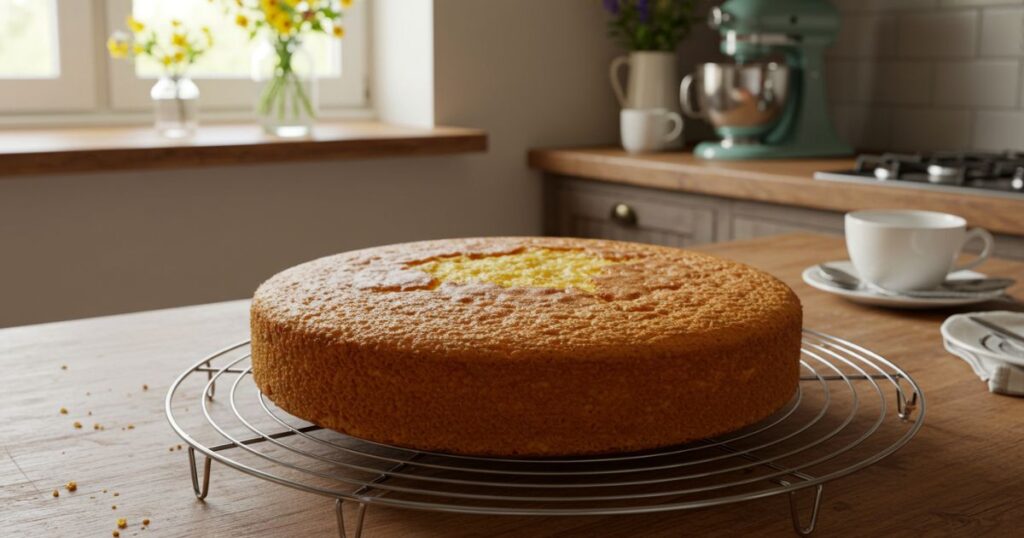
Step 8: Serve and Enjoy
Once cooled, dust the top with powdered sugar or add fresh fruit for a simple yet elegant presentation. Serve with tea, coffee, or a light dessert wine. This cake is delicious on its own, but adding toppings enhances the flavor and presentation.
Tips for the Best French Butter Cake
- Use room temperature eggs and butter for smooth batter and better texture.
- Do not overmix once the flour is added to keep the cake soft and tender.
- Check the oven temperature with an oven thermometer if needed; even a small difference can affect baking.
- Add flavors: A splash of lemon or orange zest can elevate the cake for a subtle twist.
- Make ahead: The cake can be baked a day in advance and stored in an airtight container at room temperature.
Storing French Butter Cake
This cake stays fresh at room temperature for up to 3 days. Keep it covered in an airtight container or wrap with plastic wrap to prevent it from drying out. For longer storage, freeze the cake by wrapping it tightly in plastic wrap and then foil. Thaw at room temperature for a few hours before serving.
FAQs
Q: Can I make this cake gluten-free?
A: Yes, you can substitute the all-purpose flour with a 1:1 gluten-free baking flour. The texture may vary slightly but will still be tender.
Q: Can I bake it in a loaf pan instead of a round pan?
A: Absolutely. Bake for 40–45 minutes in a 9×5-inch loaf pan, checking doneness with a toothpick.
Q: Can I add nuts or chocolate chips?
A: Yes! Toasted almonds or white chocolate chips can be folded into the batter for extra flavor and texture.
Q: Can I use low-fat milk?
A: Whole milk is preferred for richness, but low-fat milk will work with slightly less tender results.
Q: Can I double this recipe?
A: Yes, you can double the ingredients and bake in two pans, adjusting the baking time slightly for larger cakes.
Final Thoughts
French Butter Cake is a simple yet indulgent dessert that never fails to impress. Its soft buttery crumb and subtle sweetness make it perfect for any occasion, from casual brunches to celebratory gatherings. Pair it with fresh fruit, dust with powdered sugar or enjoy it plain, the cake is versatile and easy to make. Baking this French Butter Cake is a delightful way to fill your kitchen with warm aromas and treat yourself and your loved ones to a homemade classic.

